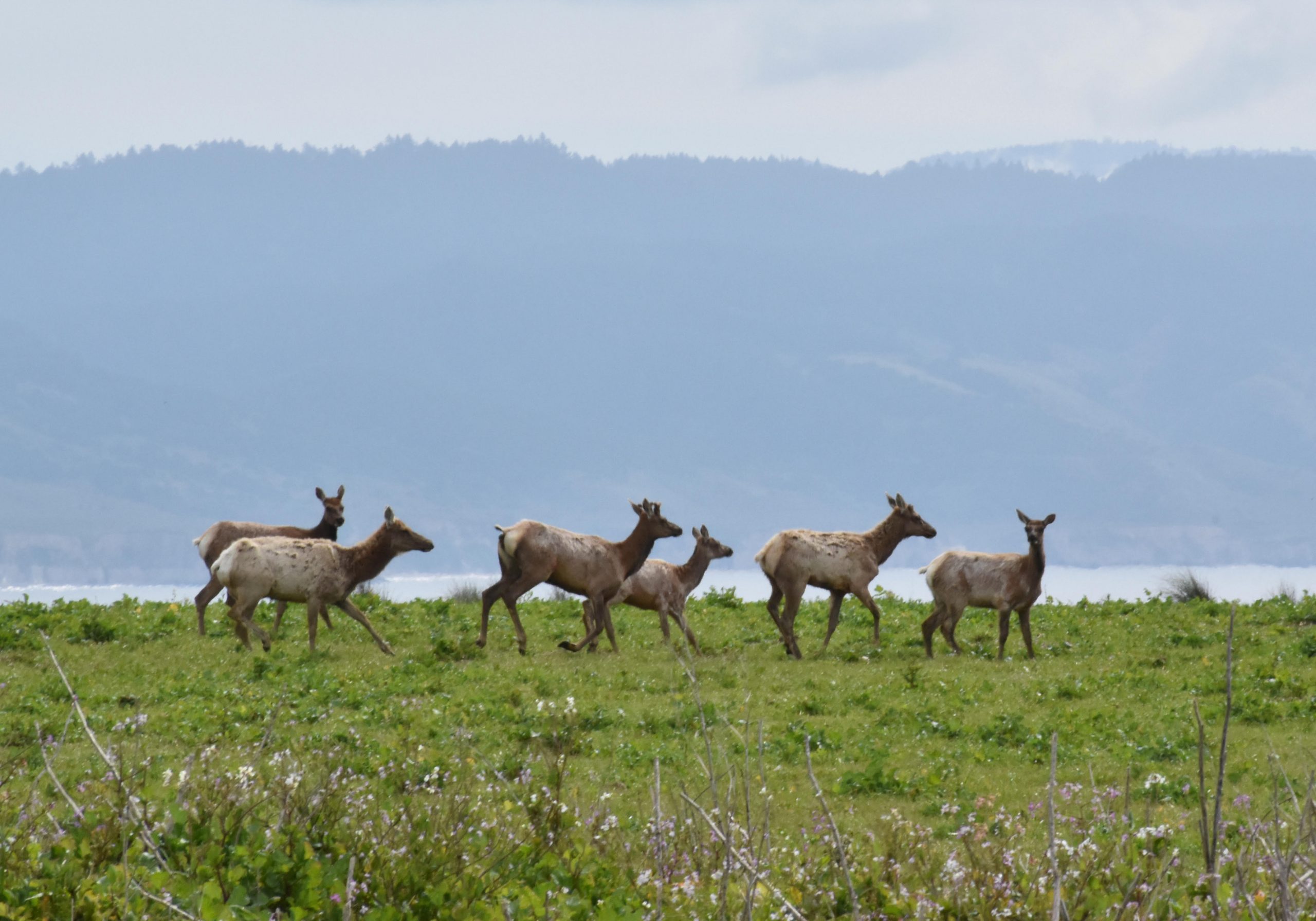Grazing and Livestock
-
On December 15th many Americans (and many more Iraqis) will celebrate the anniversary of the end of the Iraq war. Because of the courage and dedication of war photographers and journalists, and their commitment to the truth, we have thousands of images to remind us of the terrible violence, brutality, and costs of war. And…
-
The cost of a hamburger does not reflect the cost of this cowbombed land in Grand Staircase Escalante National Monument. Photo George Wuerthner Do you know what a Big Mac costs? If you say $4.50 or whatever the current price posted at the McDonald’s restaurant may be, you are vastly under-estimating the real price. That’s…
-
Cattle grazing and production is one of the most destructive of human activities, if a full accounting of all the costs were considered. Photo George Wuerthner I recently received a video titled Audubon Conservation Ranching: Hooves on the Ground, Wings in the Air from the Audubon Society. The video promotes beef production to save grassland…
-
The Mogollon Mountains of the Gila Wilderness, New Mexico is the heart of the Greater Gila Ecosystem. Photo George Wuerthner I have spent most of my adult life living within, exploring, learning about, and trying to protect the Greater Yellowstone Ecosystem. It is one of the premier wildlands in the nation and deserves…
-
Cattle tend to congregate in riparian zones because they provide food, water, and shade. Photo George Wuerthner One of the biggest problems in conservation is that people do not miss what they don’t know. How many people really miss the Ivory-Billed woodpecker or Stellar’s sea lion? And I’ve found that people living in the eastern…
-
The nearly complete annihilation of vegetation by livestock vandelism seen here should result in the termination of any grazing privileges. Photo George Wuerthner I recently spent a few days on the Dixie National Forest in southern Utah. One of the defining characteristics of the forest is that nearly all the acreage that is not…
-
Concentration of cattle and moving them frequently has been proposed as a means of storing carbon in soils. Like other claims that seem to be too good to be true, such assertions fail to do a full accounting of the carbon cycle. Photo George Wuerthner A recent New York Times article has latched on…
-
Thirteen ranchers won a sweeping victory this week, defeating the interests of three million annual visitors to Point Reyes National Seashore, by securing a plan amendment that extends their commercial livestock operations on Park lands for at least 20 years. The plan amendment – the first epic public lands fail by the nascent Biden administration…

